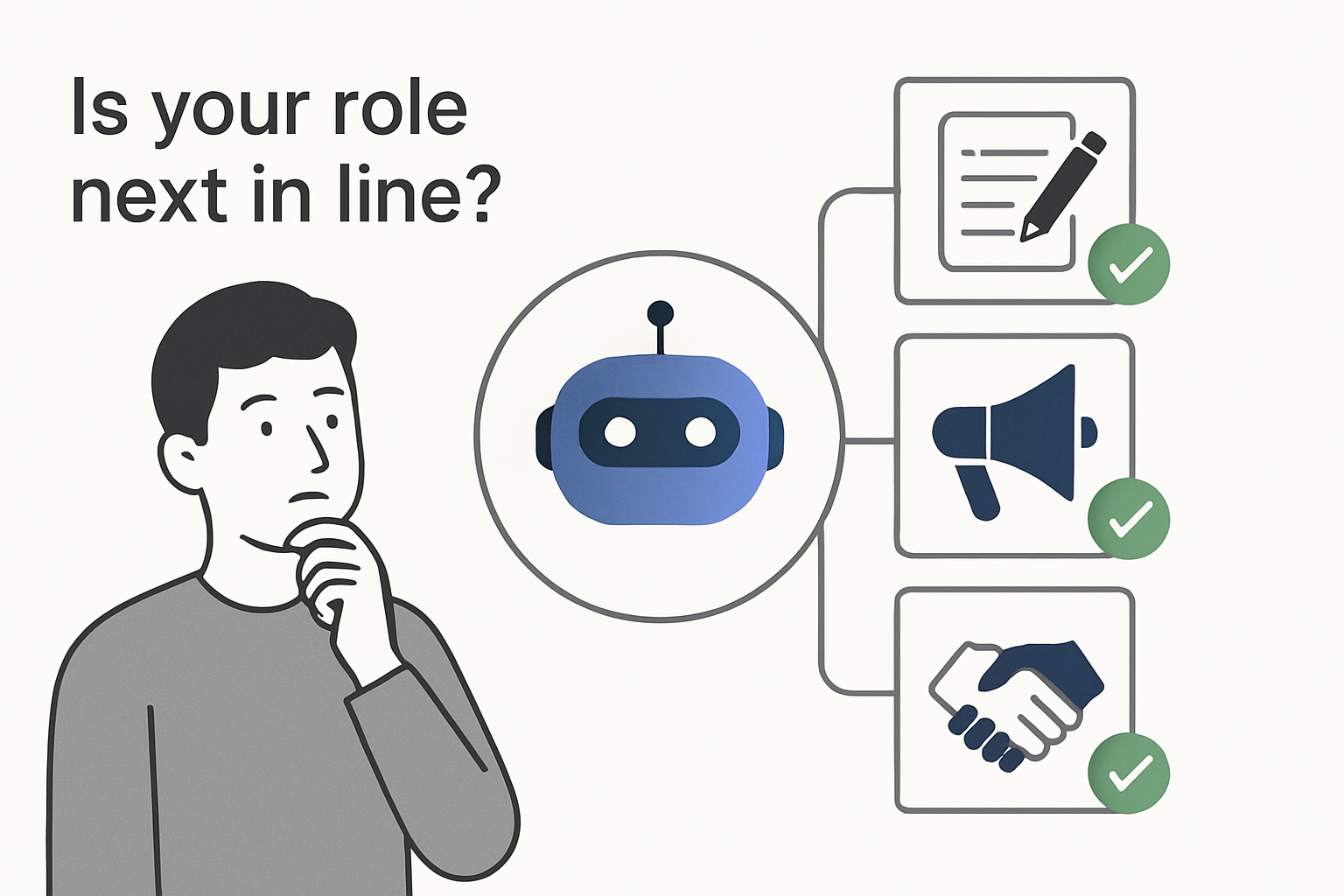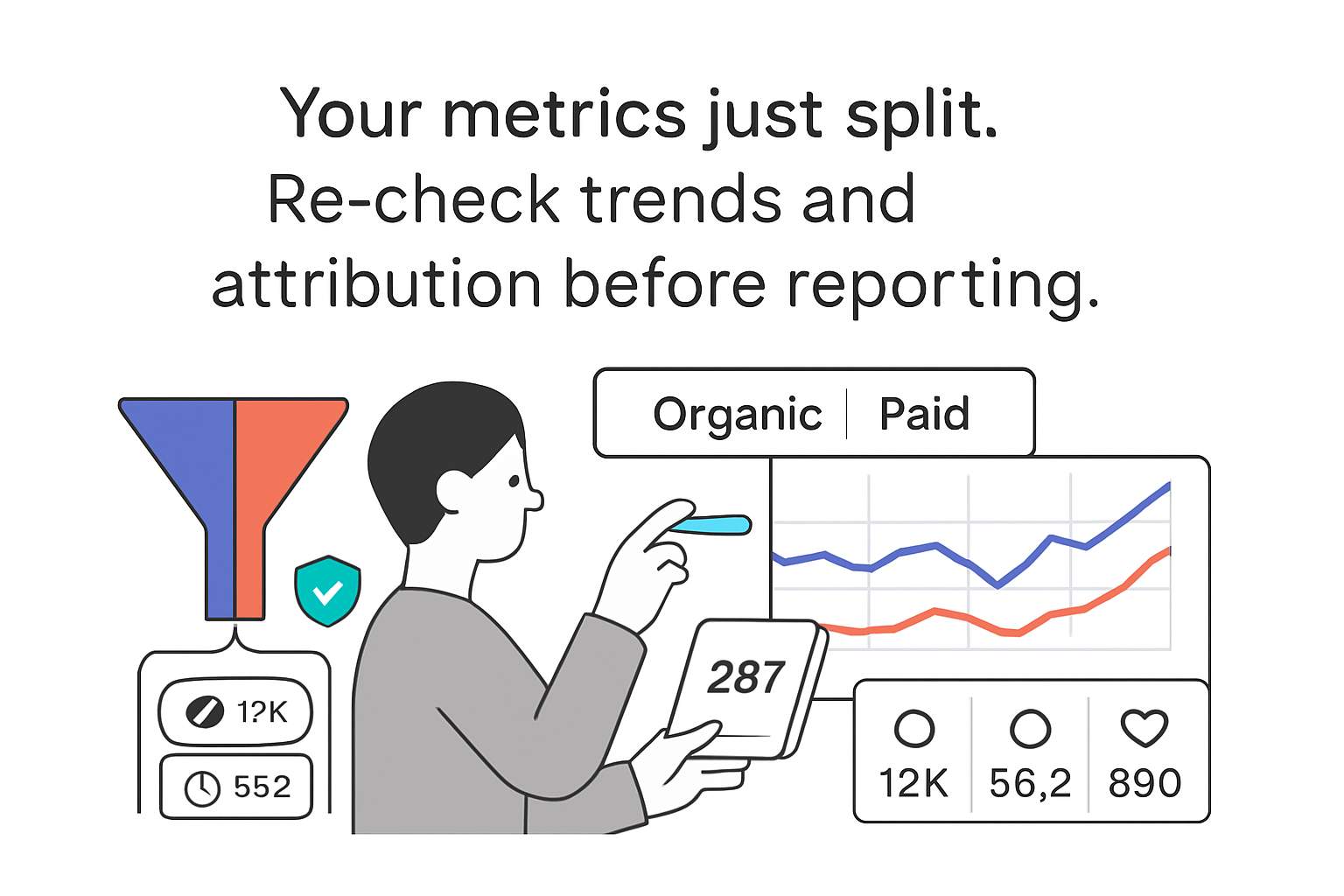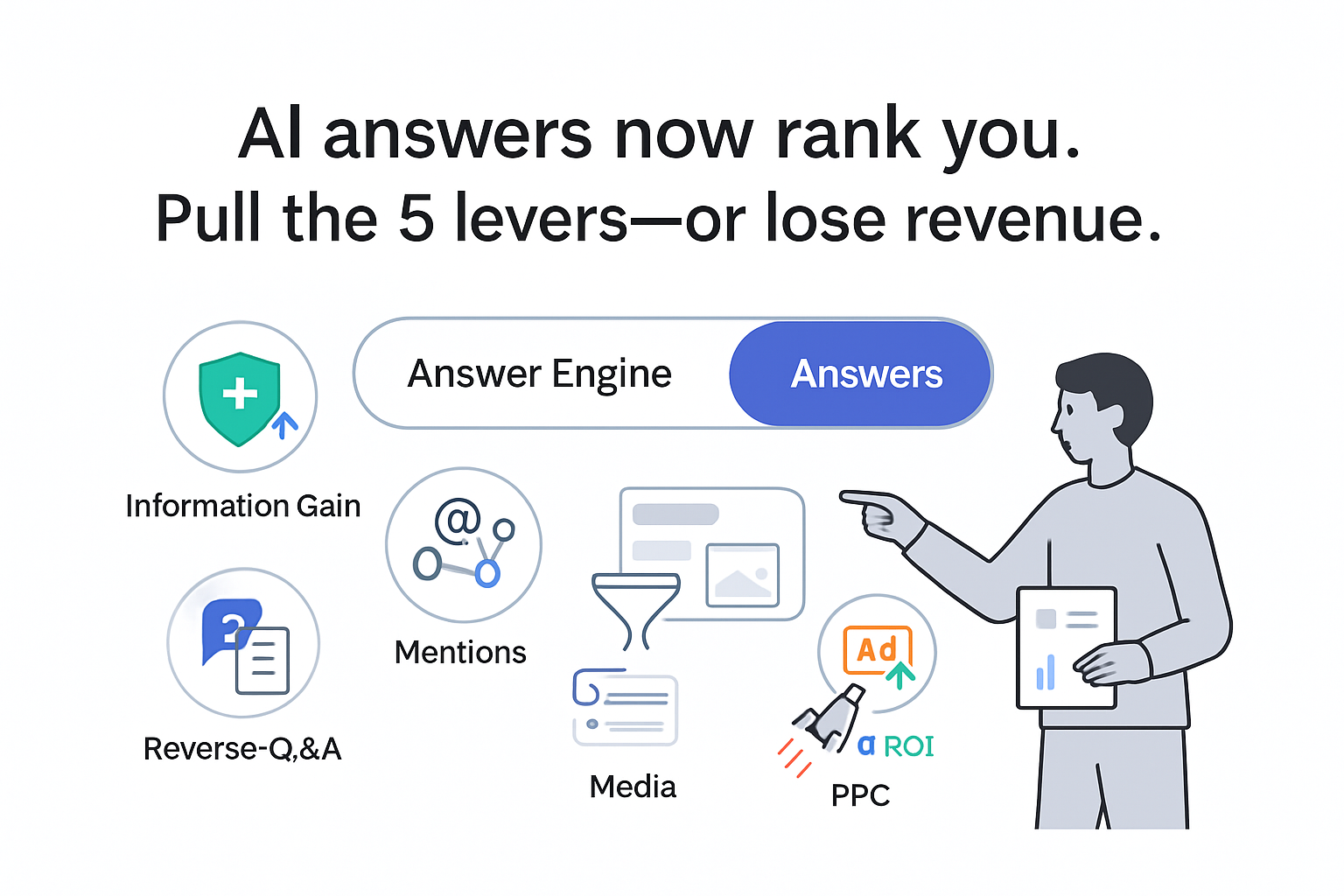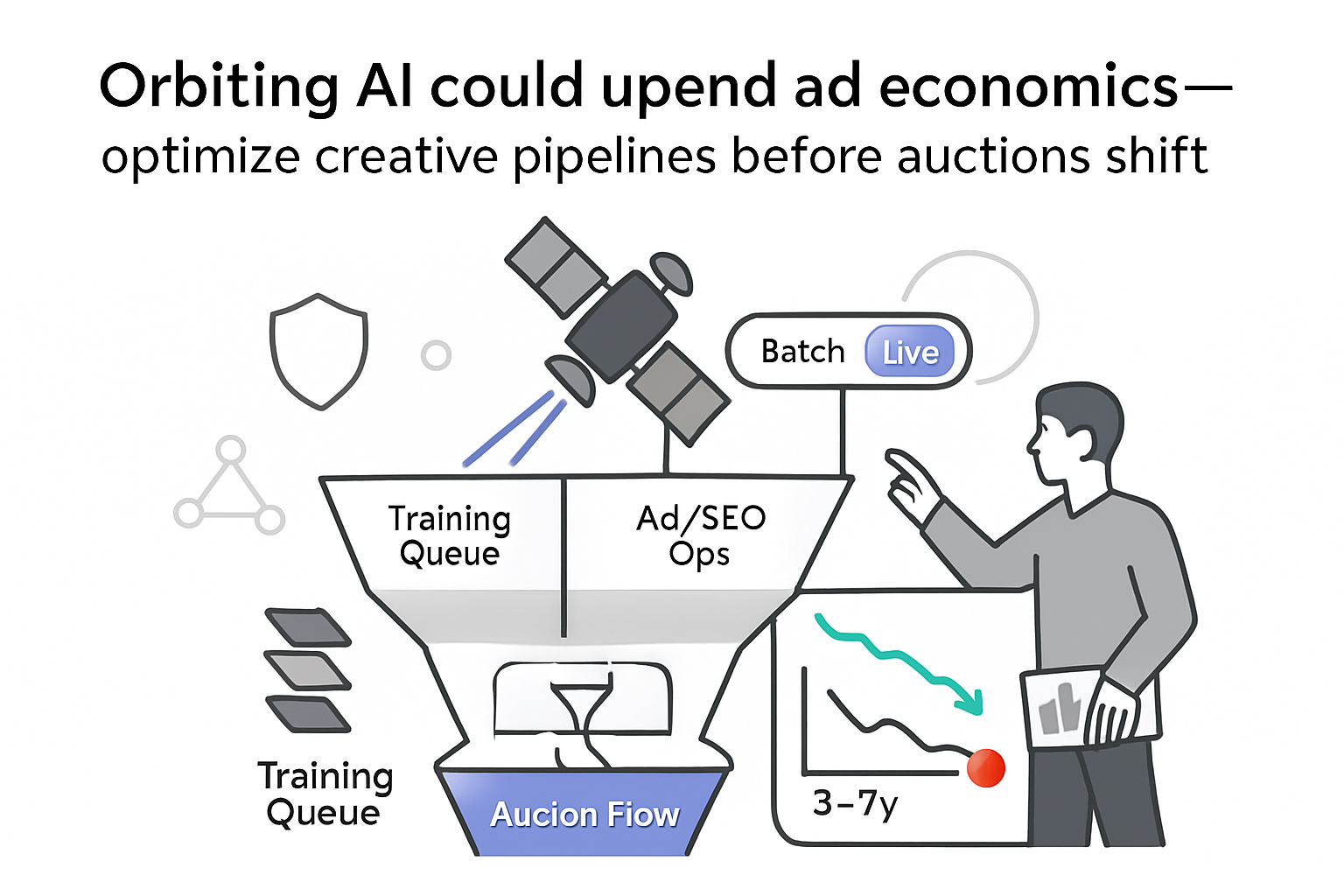Executive snapshot
- Microsoft’s analysis of 200,000 Bing Copilot workplace chats (Jan–Sep 2024) assigns the highest AI-applicability score to sales representatives (0.46). Close behind are writers (0.45), customer-service agents (0.44), technical writers (0.38), PR specialists (0.36), advertising-sales agents (0.36) and market-research analysts (0.35).
- Text-centric tasks - information gathering, drafting, editing and summarising - reach user-reported success rates above 75 percent and satisfaction above 70 percent.
- Work that depends on physical presence or high-level creative strategy (event marketing, visual design, strategic data interpretation) records below-average completion and satisfaction scores (under 50 percent).
- Education matters only slightly: roles requiring a bachelor’s degree average an AI-applicability score of 0.27 versus 0.19 for positions needing less formal education.
- Correlation between wages and AI impact is weak (r = 0.07); adoption is spreading across pay bands rather than clustering in low-wage work.
Marketing jobs most affected by AI
Microsoft researchers created an AI-applicability score that blends two elements: how often employees use AI for a task and how successful they say it is. Scores range from 0 (rarely used / low success) to 1 (frequently used / high success). Within the U.S. labour taxonomy, “Sales and Related Occupations” lead with an aggregate score of 0.42, followed by computing and administrative roles (research).
Scoreboard
- Sales representatives - 0.46
- Writers and authors - 0.45
- Customer-service representatives - 0.44
- Technical writers - 0.38
- Public-relations specialists - 0.36
- Advertising-sales agents - 0.36
- Market-research analysts - 0.35
The data confirms that knowledge-heavy, communication-centred marketing functions are integrating generative AI into daily workflows faster than other disciplines.
Tasks with high AI suitability
- Information lookup and synthesis
- Drafting emails, ad copy, briefs and press releases
- Grammar or style editing and tone adjustments
- Generating learning roadmaps or quick skill refreshers
Across conversations these activities achieve 70–80 percent completion and satisfaction rates.
Tasks showing resistance to AI
- Visual design concepts and brand imagery
- Multi-channel campaign strategy and budget allocation
- Event marketing that requires on-site logistics or relationship building
- Complex data modelling and nuanced consumer-insight generation
These activities average satisfaction scores below 50 percent; users often limit AI to an advisory role rather than full execution.
Method and source notes
- Primary source: Microsoft, “Skill Shifts from Generative AI Use in the Workplace” (arXiv 2507.07935), analysing 200,000 anonymised Bing Copilot chats from U.S. workers, Jan–Sep 2024.
- Approach: Each user request was mapped to the U.S. Bureau of Labor Statistics’ job and task taxonomy, then scored for frequency and self-rated success.
- Caveats:
- Participants are self-selecting early adopters, skewing toward knowledge workers.
- Satisfaction is self-reported immediately after completion; no longitudinal productivity data exist.
- Image-generation requests were excluded, limiting insight into design-heavy tasks.
- Supplementary context: Search Engine Journal (12 Jul 2024) and CTV News coverage (13 Jul 2024).
Strategic implications for marketers
Likely
- Routine drafting and fact-collection can raise content and research throughput by 30–40 percent, according to Microsoft’s internal productivity logs.
- Roles that emphasise live client contact or conceptual creativity face lower near-term automation risk; relationship skills become a key differentiator.
Tentative
- Teams that embed AI throughout workflows may reallocate up to 20 percent of junior copywriting hours to higher-order planning by late 2025, presuming continued model gains.
- AI-driven coaching points to a shift from static training modules to just-in-time, dialogue-based learning, shortening onboarding for new marketing hires.
Speculative
- As visual-generation models mature, today’s gap in design tasks could narrow, pressuring graphic-design-adjacent roles by 2026–2027. Vigilant monitoring of output quality and brand-safety controls will be essential.
Contradictions and data gaps
- The study measures “use,” not “replacement”; high applicability has not yet translated into head-count changes. Additional workforce data are needed.
- Creative strategy scored low here, yet a 2023 OpenAI–MIT study found AI boosts ideation speed. Controlled experiments across diverse briefs would clarify the divergence.
- Microsoft finds negligible wage correlation, but World Economic Forum surveys suggest senior roles anticipate greater disruption. Broader, multi-method studies are required.
Data appendix (select metrics)
Average completion and satisfaction rates by task type
- Text drafting - 78 percent completion | 72 percent satisfaction
- Information gathering - 75 percent | 70 percent
- Design ideation - 47 percent | 44 percent
- In-person sales planning - 42 percent | 40 percent







.svg)